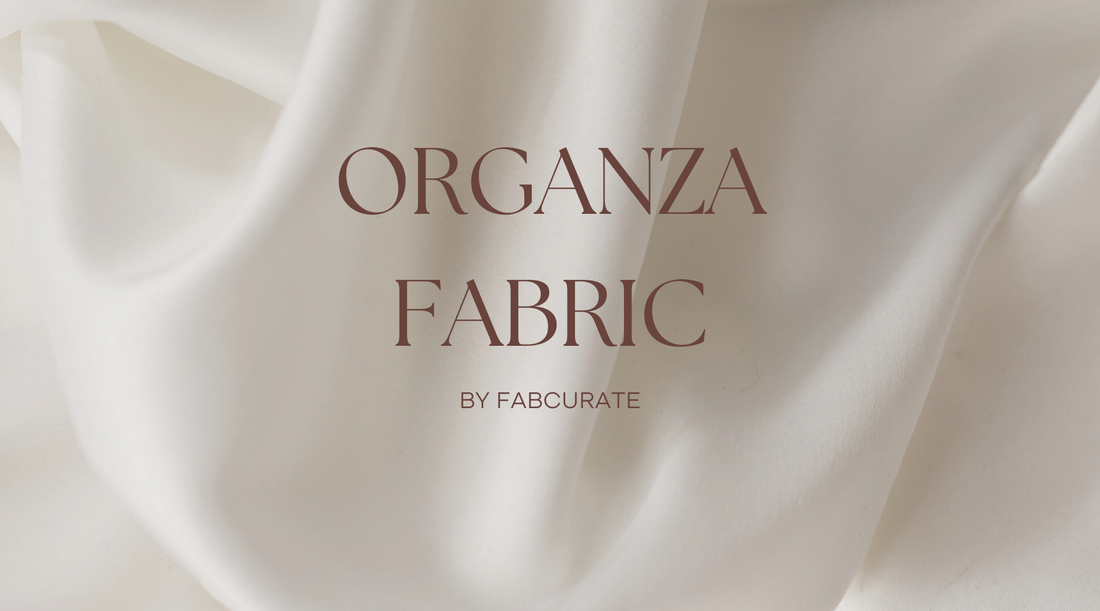Organza fabric, with its delicate appearance and sheer texture, has long been favored in the world of fashion and interior design. But what exactly is organza fabric, and what sets it apart from other textiles? In this comprehensive guide, we'll explore the properties of organza, delve into its manufacturing process, examine its various uses, and uncover where it's produced. Additionally, we'll discuss the cost, types, environmental impact, and available certifications associated with organza fabric.
What Is Organza Fabric?
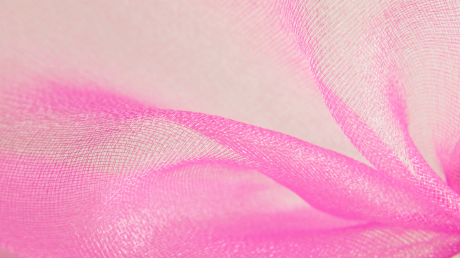
Organza fabric is a lightweight, sheer textile known for its crisp texture and subtle sheen. It is made from silk, polyester, or a blend of synthetic fibers, giving it a smooth and lustrous appearance. The fabric is characterized by its thin, transparent weave, which creates a semi-transparent or see-through effect. Organza's elegant and ethereal qualities make it a popular choice for formal attire, bridal wear, curtains, and decorative accents.
How Is Organza Fabric Made?
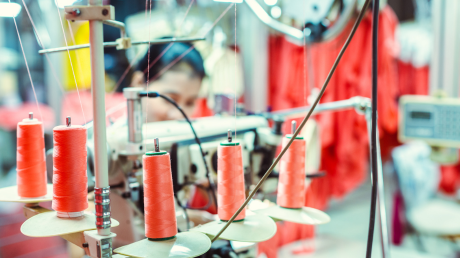
The production of organza fabric involves several intricate steps. Initially, raw materials such as silk filaments or polyester fibers are collected and processed. For silk organza, the silk threads are carefully extracted from silkworm cocoons through a process called sericulture. These threads are then spun into yarns and woven using a plain weave or a more complex weave structure to achieve the desired transparency and texture. Polyester organza is made from synthetic polyester fibers, which are extruded and woven in a similar manner.
After weaving, the organza fabric undergoes finishing processes such as washing, dyeing, and heat-setting to enhance its appearance and durability. Depending on the desired end use, additional treatments may be applied to add stiffness or softness to the fabric.
How Is Organza Fabric Used?
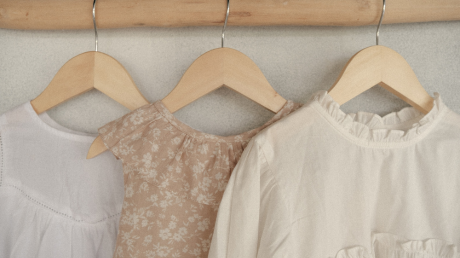
Organza fabric is prized for its versatility and is employed in various applications across fashion, home decor, and crafting. In the realm of fashion, organza is commonly used for creating elegant evening gowns, bridal dresses, veils, and overlays due to its lightweight and airy nature. It is also utilized in crafting accessories such as ribbons, bows, and decorative flowers.
In interior design, organza fabric finds its place in window treatments, draperies, and curtains, adding a touch of sophistication and softness to living spaces. Additionally, organza is often incorporated into wedding decor, table linens, and party decorations to lend a sense of elegance and glamour to special occasions.
Where Is Organza Fabric Produced?

Organza fabric production is a global endeavor, with manufacturing hubs located primarily in countries known for their textile industry prowess. Major producers of silk organza include China, India, Italy, and France, where traditional craftsmanship and expertise in sericulture contribute to the production of high-quality silk textiles. Polyester organza is manufactured in a broader range of countries, including China, Taiwan, South Korea, and Japan, where advanced textile manufacturing facilities are prevalent.
How Much Does Organza Fabric Cost?
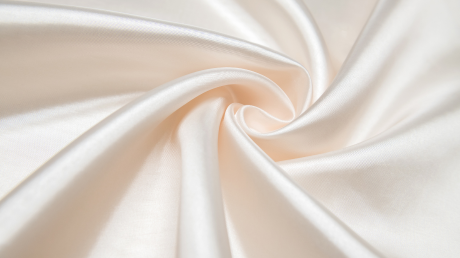
The cost of organza fabric can vary widely depending on factors such as the quality of the material, the manufacturing process, and any additional treatments or embellishments applied. Silk organza tends to be more expensive than its polyester counterpart due to the labor-intensive process of silk production and the premium associated with natural fibers. On average, silk organza may range from $15 to $50 per yard, while polyester organza is generally more affordable, with prices ranging from $3 to $15 per yard.
What Different Types of Organza Fabric Are There?
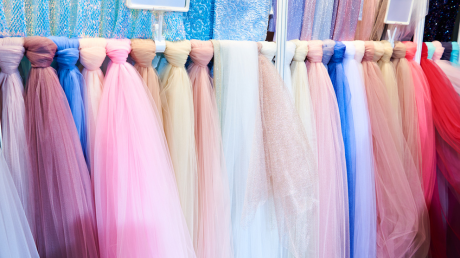
Organza fabric comes in a variety of types and finishes, each offering unique characteristics suited to different applications. Some common variations include:
- Plain organza: A basic, sheer fabric with a smooth texture and minimal embellishments.
- Embroidered organza: Organza fabric embellished with intricate embroidery or appliqué for added texture and visual interest.
- Crinkle organza: Textured organza fabric with a crinkled or puckered surface, achieved through special finishing techniques.
- Metallic organza: Organza fabric woven with metallic threads or embellished with metallic foil for a shimmering effect.
- Colored organza: Organza fabric available in a wide range of colors and finishes, including matte, shiny, and iridescent options.
How Does Organza Fabric Impact the Environment?

The environmental impact of organza fabric production varies depending on the materials used and the manufacturing processes involved. Silk organza, derived from natural silk fibers, has a relatively low environmental footprint compared to synthetic polyester organza, which is derived from non-renewable petroleum-based resources.
However, both types of organza fabric production can have environmental consequences such as water pollution, chemical usage, and energy consumption. To mitigate these impacts, some manufacturers are adopting eco-friendly practices such as using organic or recycled materials, implementing water and energy-saving technologies, and reducing waste through responsible production methods.
Organza Fabric Certifications Available

Several certifications and standards are available to verify the sustainability and ethical practices of organza fabric manufacturers. These include:
- Global Organic Textile Standard (GOTS): Certifies organic textiles made from natural fibers produced without harmful chemicals or synthetic inputs.
- OEKO-TEX Standard 100: Ensures that textiles are free from harmful substances and comply with stringent human-ecological requirements.
- Fair Trade Certification: Guarantees that products are produced in accordance with fair labor practices, ensuring fair wages and safe working conditions for workers.
By choosing organza fabric certified by these standards, consumers can support environmentally responsible and ethically produced textiles.
In conclusion, organza fabric is a versatile and elegant textile prized for its delicate appearance, sheer texture, and lustrous sheen. Whether adorning a bridal gown, enhancing home decor, or adding a touch of glamour to special occasions, organza fabric continues to captivate with its timeless beauty and enduring appeal. By understanding its properties, production process, uses, and environmental impact, consumers can make informed choices that align with their values and preferences in the world of textiles.



